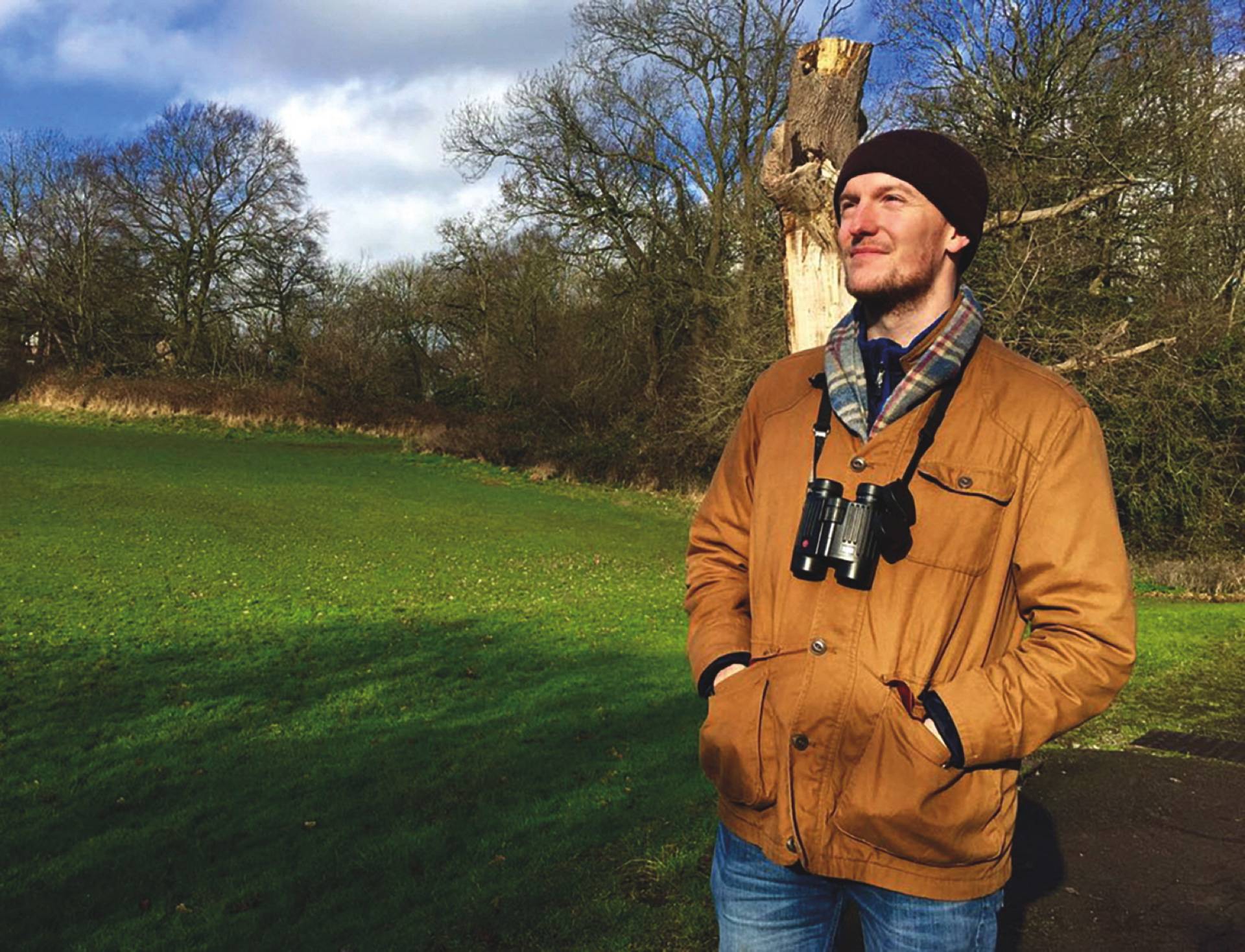While so much of our wildlife is vanishing, ravens are returning to their former habitats after centuries of exile. In A Shadow Above: The Fall and Rise of the Raven (Bloomsbury, £16.99) Joe Shute follows ravens across their new hunting grounds, examining our complicated and challenging relationship with these birds.
Ravens are shrouded in legend and superstition and are a British cultural symbol. How and why have these ideas developed?
The raven has played a central role in all the cultures that make up modern British identity, from the Romans to the Vikings to the Celts to the Norman army who stormed these shores in 1066 with a raven banner on their flags. And as we know, if the ravens are ever to leave the Tower of London then the kingdom will fall. I believe these ideas have developed because of the fact the birds like being close to humans, but also because early on in our history people recognised the fierce intelligence they possess and presumed they must be imbued with supernatural power.
Are ravens misrepresented?
Definitely. Cultural depictions of ravens tend to dwell on them being a bird of ill omen. The Victorians were particularly guilty of this, not least Edgar Allen Poe. I am cheered to see more recent raven representations seem increasingly nuanced. Look at the raven messengers in Game of Thrones, where they are celebrated for their intelligence and it is the humans that do all the killing. That is a notion that goes right back to the time of the Norse gods when Odin had two ravens, Hugin and Munin, who flew round the world and whispered confidences into his ears.
How does their intelligence compare to that of other birds?
We used to think the size of the brain determined an animal’s intelligence but it has recently been shown that with birds it is about the density of neurons in their forebrains. Ravens, along with parrot species such as the blue and yellow macaw and sulphur-crested cockatoo, have the highest density of all: roughly 2.1 billion neurons packed into a brain the size of a brazil nut. For ravens this gives them an intelligence comparable to primates. They can manufacture and use tools, solve problems, develop complex social networks, learn to mimic voices, recognise themselves in a mirror and also recognise human faces.
Tell us about the ravens’ comeback.
There has been a 45 per cent increase in the number of ravens in Britain since 1995 and a 121 per cent increase in England over the same period. There are now well in excess of 12,000 breeding pairs across the country and ravens are seen in every single English county. They are still far more common in the west of the country and I would suggest spotting them in Cornwall, where legend has it the raven carries the soul of King Arthur, Anglesey and northern Scotland.
If ravens have foresight, what do you think they see for these dark times?
We are in the midst of a new geological epoch: the Anthropocene, marked by carbon emissions, sea level rise and the global mass extinction of species – the sixth in the entire history of the earth. It is the scavengers that will flourish in this new era, those like ravens accustomed to feeding off the waste humans leave behind. Yet the raven’s return can also inspire hope. If this bird, which in previous years has been subjected to such serious persecution, can be back living among us in places where it has not been seen for centuries, then there is hope for other species too.
What can humans gain with interactions with animals that they can’t gain from interacting with each other?
To me the importance of wildness – and being surrounded by the wild – is the realisation that we are part of something bigger. In Britain particularly we have lost so much of our wildlife that it is fantastic species such as the raven are now returning. Ravens also remind us of our own mortality which is an important thing. Nobody likes to talk about death, but it is worth remembering every now and then that we are not the masters of our own destiny.
Of all the raven encounters you mention in the book, which was your most treasured and why?
Spending a winter night at Newborough Forest in Anglesey and watching hundreds of the birds come in to roost (it was once the biggest roost in the world). The sight of the forest filling with so many ravens and incredibly varied sounds they made was like being in a different world altogether!



Leave a reply
Your email address will not be published.